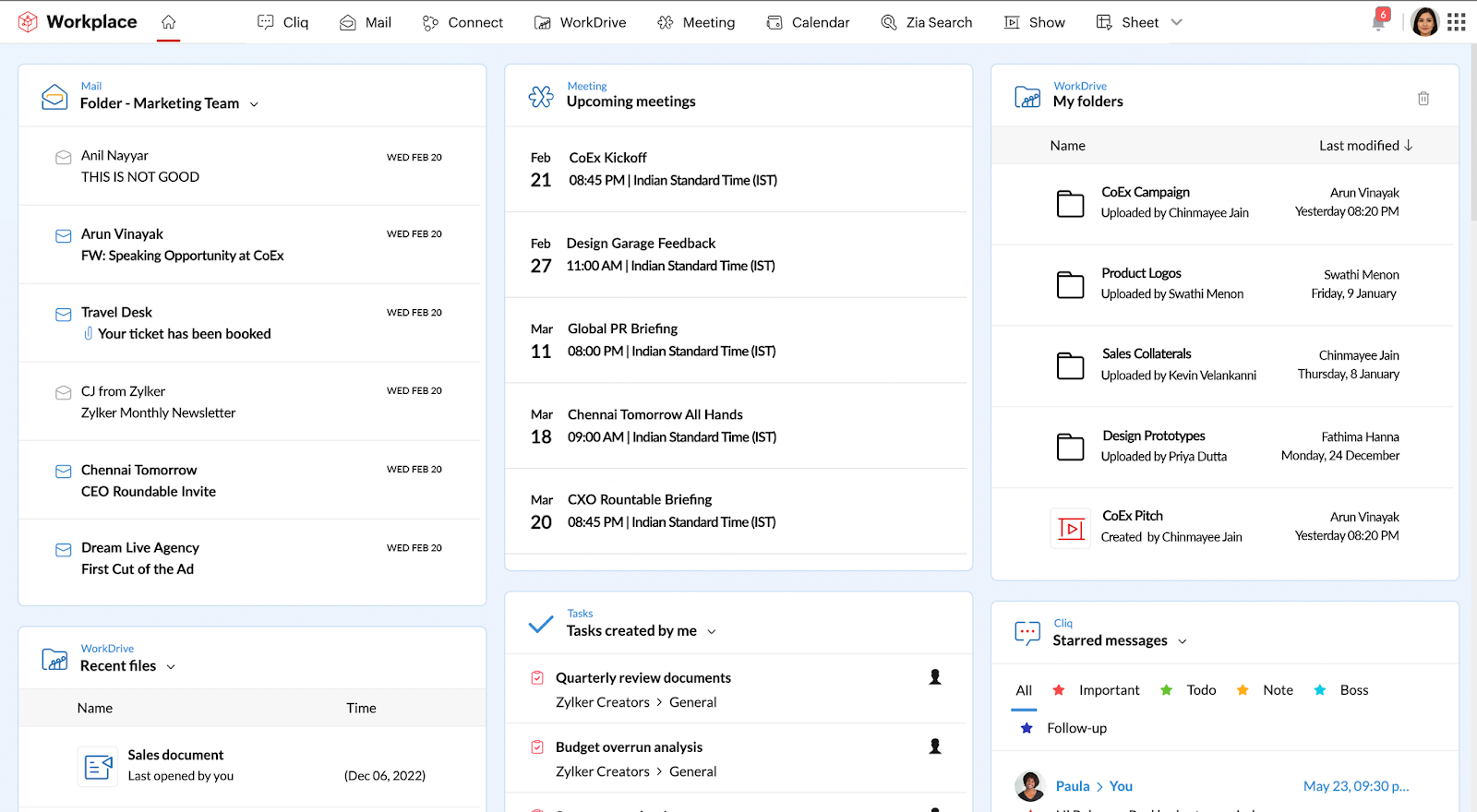Source: https://www.pexels.com/photo/person-using-computer-5380591/
The internet should be a place where we can connect and learn, but cyber harassment, especially when it comes to gender-based harassment, is increasing and becoming very common. Women and the LGBT+ community often have to face offensive comments, rude messages, and other forms of online abuse due to societal biases and stereotypes.
About 38% of the women have experienced online abuse themselves, and 85% have seen others getting abused online. This cyber harassment can have many forms, like stalking, trolling, unwanted sexual comments, and revealing someone's identity without their consent. It has made the internet a scary and unsafe place. This article explores different tips to protect yourself against the various forms of gender-based cyber harassment to improve your online experience.
Understanding Gender-Based Cyber Harassment
To combat cyber harassment, first, we need to understand the various forms it can exist in and how the people are targeted. Examples include:
- Cyberbullying: This involves sending rude messages and spreading rumors about someone.
- Outing and doxing: Making someone's gender, identity, and personal information, like their phone number or address, public without their consent.
- Cyberstalking: Someone keeping a close watch on your online activities.
- Scams: People often get manipulated through romance scams on dating apps. Research shows that men are more likely to fall victim to online dating scams.
By educating ourselves on these types of harassment, we can better understand what precautions to take online.
How to Avoid Gender-Based Cyber Harassment
Dealing with gender-based harassment can be challenging, but here are some tips that will help you protect yourself online:
1. Know Your Rights
Before discussing ways to avoid cyber harassment, you should also be aware of your rights under the 2024 Title 9 regulations. These rules and regulations help you protect yourself against gender-based cyber harassment and allow you to report such incidents without fear of further abuse. Understanding these can give you an additional layer of security.
2. Privacy Settings
Limiting unnecessary interactions is the most important step in protecting yourself online. Privacy settings control your social media accounts, letting you decide who can see your content.
Use privacy settings that let you keep your profile private, and you can select your audience when posting updates and manage who can tag you in posts. Updating your privacy can help you prevent stalking and unnecessary audiences.
Apps like Facebook and Instagram also have options allowing you to control who can see your personal details and important information. Another way to enhance your anonymity online is by using proxies. This adds another layer of security to your online surfing by concealing your actual IP address.
3. Two-factor Authentication (2FA)
This step provides you with an additional layer of security for your social media accounts. 2FA makes it harder to succeed if someone tries to steal your information or tries to post harmful content.
If someone wants to hack into your account, they'll first need to crack your strong password, and if they succeed, they'll still need a code sent to your phone. This step will help you keep the cyber harassers at bay.
4. Be Wary of Online Dating Scams
Dating apps like Tinder are considered the biggest cause of online dating scams. The scammers might try to manipulate and trick you into giving them money or your personal information. Other red flags include giving vague answers about their life and avoiding video calls or meet-ups since they might not be who they claim to be.
Avoid these interactions, and do not open the suspicious links they might send you, as that could lead them to have your personal information. Mobile apps also risk leaking personal data, so it is necessary to understand mobile apps and to what extent they protect your information.
Endnote
Following the technical safety steps can improve your online experience and help keep unnecessary audiences and stalkers away. Staying informed is one part of the story. While it can help you avoid potential threats and challenging situations, getting into such problems is common. In that case, the second part is knowing how to defend yourself and what suitable actions to take. Protect yourself as best as possible to get the best experience out of online activities and the internet.





